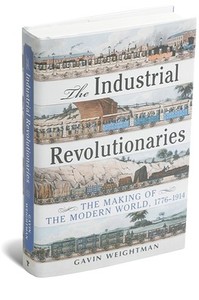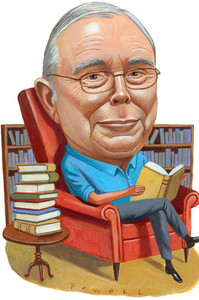(p. A20) The idea that primitive hunter-gatherers lived in harmony with the landscape has long been challenged by researchers, who say Stone Age humans in fact wiped out many animal species in places as varied as the mountains of New Zealand and the plains of North America. Now scientists are proposing a new arena of ancient depredation: the coast.
In an article in Friday’s issue of the journal Science, anthropologists at the Smithsonian Institution and the University of Oregon cite evidence of sometimes serious damage by early inhabitants along the coasts of the Aleutian Islands, New England, the Gulf of Mexico, South Africa and California’s Channel Islands, where the researchers do fieldwork.
“Human influence is pretty pervasive,” one of the authors, Torben C. Rick of the National Museum of Natural History, part of the Smithsonian Institution, said in an interview. “Hunter-gatherers with fairly simple technology were actively degrading some marine ecosystems” tens of thousands of years ago.
For the full story, see:
CORNELIA DEAN. “Ancient Man Hurt Coasts, Paper Says.” The New York Times (Fri., August 21, 2009): A20.



